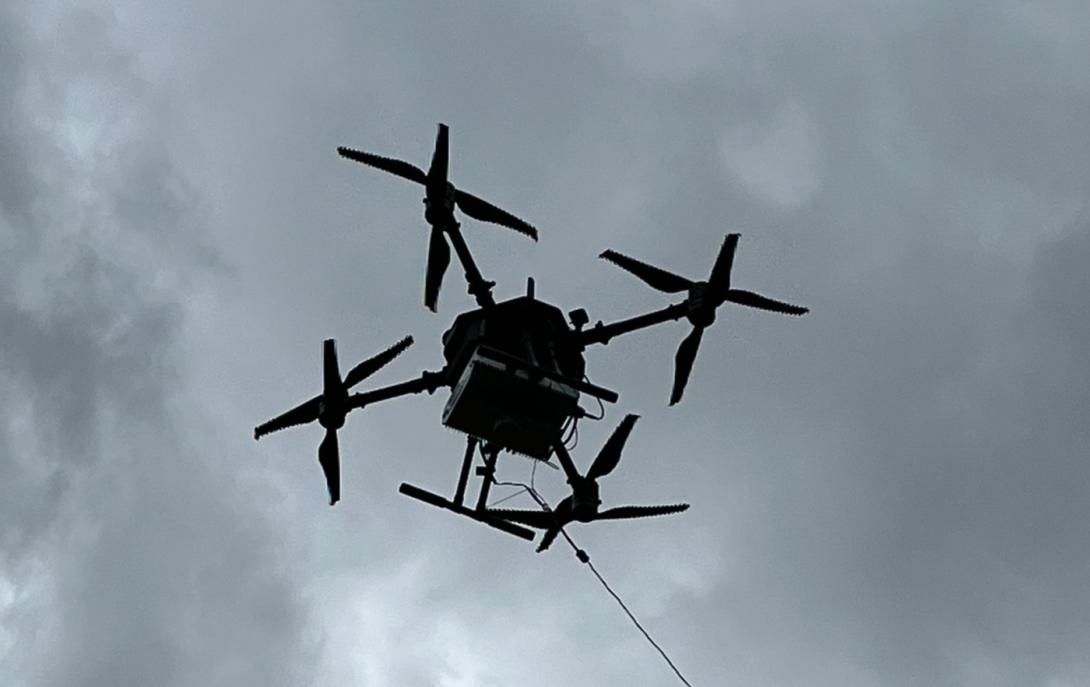New Tactical Cellular Network Being Developed for Warfighters in Austere Environments
The Johns Hopkins Applied Physics Laboratory (APL) is working on a project to create a 5G cellular network system for warfighters in austere environments. The Standalone On-the-Move Advanced Relay (SOAR) program aims to create a network system small enough to be carried in a drone and provide cellular connectivity across areas up to 100 square miles.
In 2020, Congress allocated funds to the Department of Defense (DoD) to accelerate cellular deployment, including a tactical 5G system. The engineering team at the APL was able to deliver one of the first mobile 5G systems in the country, even ahead of industry at that point.
The goal of the SOAR program is to develop a 5G network that is small enough to install in a free-flying uncrewed aerial system (UAS), which is a small drone.
Sean Brassard, an engineering program manager at the APL, explains that providing DoD warfighters with reliable communications has always been important. “The government from 2020 has been on the front foot of pushing to get this technology out, and in some cases, industry was not ready. So, we’ve been on the forefront of identifying the requirements of what’s needed to get out in these environments.”
Tactical 5G systems keep costs down by allowing drones to be controlled by cheaper radios. “Everyone within DoD and the government is very much aware that the cellular industry is huge, and in some cases, it dwarfs the DoD's budget,” says Brassard.
“Trying to develop systems that translate from the commercial world into the DoD world is pretty vital going forward, not just from a cost perspective, but also from a performance perspective.”
Having the ability to leverage commercial-based technology in austere environments provides the power to use the same devices, which saves costs but also provides very high performance for our warfighters. Leveraging the commercial investment that goes into the cellular environment for DoD is critical, explains Brassard.
Previous tests have focused on tethered drones, which only go up to “a few hundred feet.”
“Our end goal is to get this on a free-flying UAS. The primary challenge there being getting it small enough and low enough power to operate" on a UAS.
The first completed version of the prototype was field tested with the Army in September 2024, with one additional demonstration planned for this year.
“In some cases, we have had to pivot, because the technology just wasn’t ready,” says Brassard. “We are now on the brink of having some technology that is actually close to the point of being deployed.”
Being a trusted advisor for the government, the APL often collaborates with industry. Currently, they’re collaborating with NxGenComm LLC for systems development. “We're not manufacturing large solutions, so we often will collaborate with industry, because we don't need to reinvent what they already have.”
Collaborations with industry provide a chance for the APL, as an advanced national lab, to learn about existing gaps and develop technology to better suit them in austere, tactical environments.





Comments